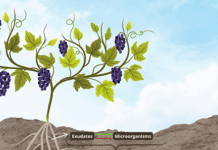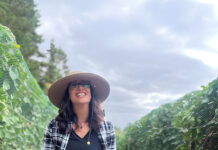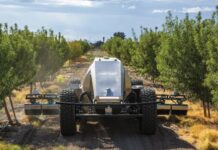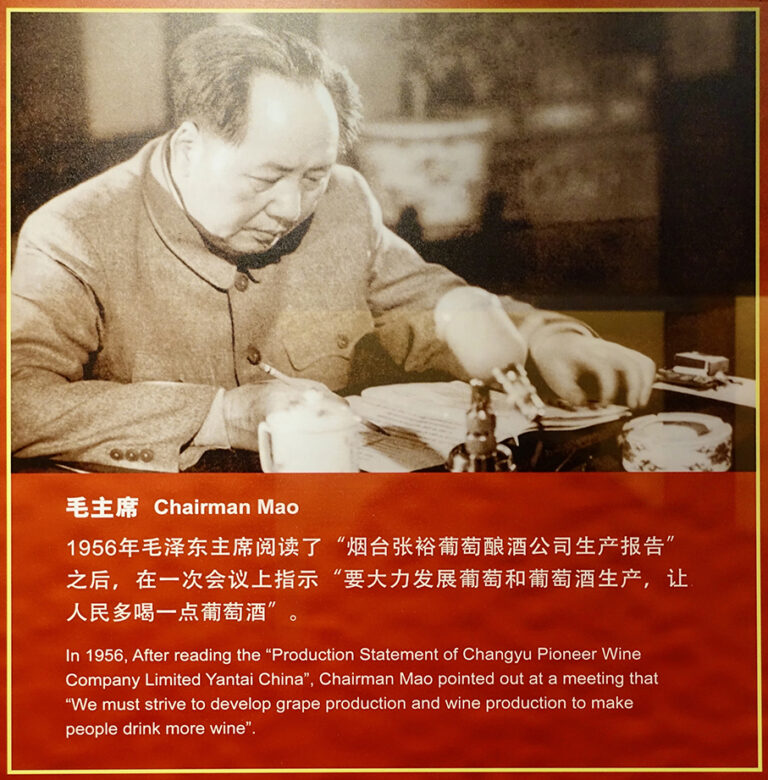
Listen to the audio version of this article (generated by A.I.)
With the domestic wine market slowing down, many wineries are wondering about trying to export. That raises a question about wine additives. We frequently read natural wine enthusiasts complaining that U.S. wine is full of additives that are not allowed in other countries. Could this be a barrier to exporting wines?
That depends on where you plan to export. If you want to export to Canada, the European Union or the United Kingdom, you should be okay. But if you want to export to Asia, you may have to make some changes.
Let’s start by busting a myth about Europe. They use the same chemicals we do. Take glyphosate (aka Roundup): the EU considered a ban in 2023, but instead decided to allow its use for another 10 years. Several European countries have debated banning glyphosate and have received positive press for thinking about it, but Austria is the only country in Europe today with a glyphosate ban. Glyphosate is not a wine additive, but even talking about banning it gets a lot of media coverage. We include this to say, don’t believe everything you read.
On the subject of Europe, here is some very good news. The EU has a trade agreement with the U.S. in which both sides agree to accept each other’s winemaking practices. So, whether an additive is legal in Europe does not matter, because if it’s legal in the U.S. you can use it in wines you export to Europe.
The U.K. is no longer part of the EU, but it has not yet created separate winemaking standards and is still using the EU standards. While this could change, at present there is no reason to worry about additives or processing aids when exporting to the U.K.
Before our trade war, Canada was the largest export market for U.S. wine. Canada is part of an eight-nation agreement, the World Wine Trade Group, that similarly to our agreement with the EU requires each nation to respect each other’s approved winemaking techniques and additives. So if Canada allows our wines back on its shelves, additives will not be a problem.
The other members of that agreement are Argentina, Australia, Chile, Georgia, New Zealand and South Africa. Not many U.S. wines are exported to these countries, but you don’t have to worry about additives if you get a store placement in Sydney or Johannesburg.

Who Does That Leave? Asian Countries.
Japan, Hong Kong, South Korea and China are our No. 4 through 7 export markets by value, respectively. We export 2.5 times as much wine to the EU by volume, but by value we export more wine to these countries combined than to the entire EU (Hong Kong is now part of China, but its import rules remain different.)
These countries do have different standards of what’s allowed, and you are supposed to follow them. But it’s not always easy to do, especially if they have standards published only in their native language.
Many wineries depend on their importers, but this is a specialized topic and the importers may not know.
When I contacted the Wine Institute about this topic, they put me in touch with Abridge, a Washington, D.C.-based firm that compiles the actual regulations about alcohol from 110 countries. If you want to find out whether a wine, beer or whiskey processing aid is legal in bottles shipped to Jamaica or Nigeria, Abridge is the place to look.
Abridge Founder and President Bennett Caplan is a trade attorney who has specialized in alcohol trade laws for 20 years. Caplan told Grape & Wine Magazine the tariff wars initiated by the U.S. this year will have impacts far beyond the tariffs themselves (which Abridge also keeps track of).
“You’re starting to see regulators fining folks,” Caplan said. “The more we have trade tensions, the more regulatory compliance becomes a need-to-have rather than a nice-to-have. Your products are going to be under increased scrutiny. Especially U.S. products.”
Caplan said in the past, wineries relied on their importer to know the local regulations. Now, that’s not good enough. The importer might be liable if a local law is broken, but the winery is likely to be liable as well.
The latest growth areas for Abridge are ready-to-drink cocktails, hard seltzers and reduced-alcohol products. In some cases, these beverages are so new that importing countries haven’t yet created regulations for them. In other cases, the laws may be listed in different places.
“Switching between malt-based and spirit-based and wine-based cocktails gets really complicated,” Caplan said.
I used Abridge’s database to compare U.S. laws to the Asian countries mentioned above and now I’m a big fan of Abridge. The site offers translations of laws for each country and makes side-by-side comparisons relatively easy.
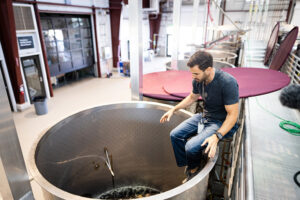
The Big Question: Mega Purple in China
I was looking for additives you can use in the U.S., but not in these countries. The biggest open question I found is about Mega Purple. Many U.S. wineries use this grape-based substance to give their red wines darker color. But Chinese law says, “No synthetic colour, sweetener, essence and thickener should be added to any product.”
This prohibition of synthetic color is a big deal in Chinese law and is cited repeatedly. Interestingly, Hong Kong does not have this same restriction, although Hong Kong doesn’t allow color or “preservatives other than alcohol” to be added to Port or Sherry-style wines. For table wines, though, Hong Kong says nothing about added color.
Mega Purple is derived from grape extract, so it’s not “synthetic” color. China’s approved food colors include “grape skin extract.”
The wine trade experts I asked for an opinion directed me to Wine Australia, which is acknowledged as the experts for Asia. Wine Australia said their understanding is, “Under Chinese law, grape skin extract is not permitted for use for grape wine.” For a more definitive answer, you would have to hire an attorney in China.
“The more we have trade tensions, the more regulatory compliance becomes
a need-to-have rather than a nice-to-have. Your products are going to be under increased scrutiny.”– Bennett Caplan, Abridge
China has a few other restrictions of note. China has specific limits on the total sugar in wine.
For sparkling wines, China uses the same standards as Champagne (i.e., ≤ 12.0 g/L is Brut). The important Chinese sugar standard for U.S. wineries to take note of is in still wines. China allows no more than 4 g/L of sugar in “dry” still wine. Still wines with 4.1 to 12 g/L of sugar must be called “semi dry,” and still wines with 12.1 to 45 g/L of sugar must be called “semi sweet.”
As for wine production, China limits tartaric acid to 4 g/L; there is no limit in the U.S. China limits the use of benzoic acid and phosphoric acid in wine production and no longer allows hydrogen peroxide. These are all allowed in the U.S. And China has limits on citric acid, sorbic acid and iron in the final product, while the U.S. does not.
On the other hand, the U.S. only allows 100 mg/L of potassium polyaspartate, which is used to prevent tartrate crystals. China allows 300 mg/L. They must really hate crystals.

Korea: Be Careful and Good Luck
Korea is such a challenging market that Abridge recommends using a Wine Australia guide to exporting to the country that was produced in January 2025.
However, even that guide punts on several questions. Korean law says if an additive is not registered in the Korean Food Additive Code, it is not allowed. Moreover, even if the additive is allowed, but not for the specified use in wine, it is not allowed. This is very different from other countries.
Wine Australia’s guide to exporting to Korea says, “Please consult the Export Assistance Team regarding the declaration of processing aids (e.g., activated carbon, bentonite, copper sulphate, gelatin).”
Korea and Japan both limit sulfites to 0.35 g/kg. This includes naturally occurring sulfites.
Japan: No Radioactive Wines, Please
Japan and Hong Kong both limit radionuclides in wine; mainland China does not, and neither does the U.S. It’s understandable why Japan is sensitive to radioactivity, but let’s hope this never becomes an issue.
Japan limits several production chemicals that are not limited in the U.S., including ammonium hydrogen bisulfite, DMDC (dimethyl dicarbonate) and vinylimidazole/vinylpyrrolidone. Japan does not allow benzoic acid.
Japan also limits a few residues in the final product, including bentonite, propylene glycol and potassium ferrocyanide. Japan limits acesulfame potassium (a sweetener) to 0.5 g/kg and sucralose to 0.4 g/kg.
Further questions about whether your wines are going to be legal in your target market should be directed to an attorney.


